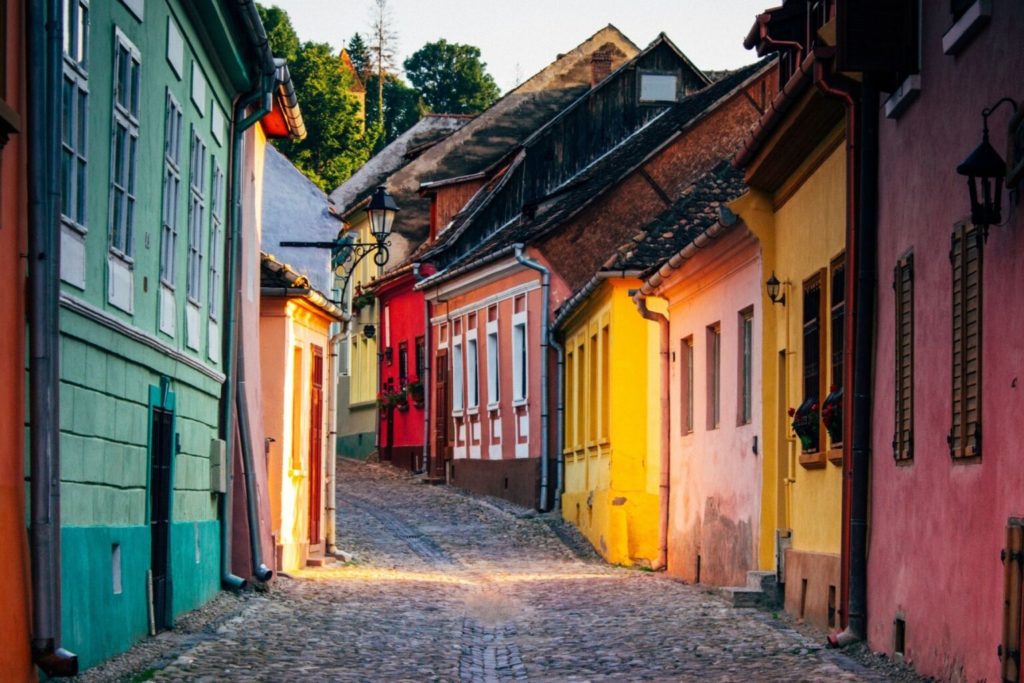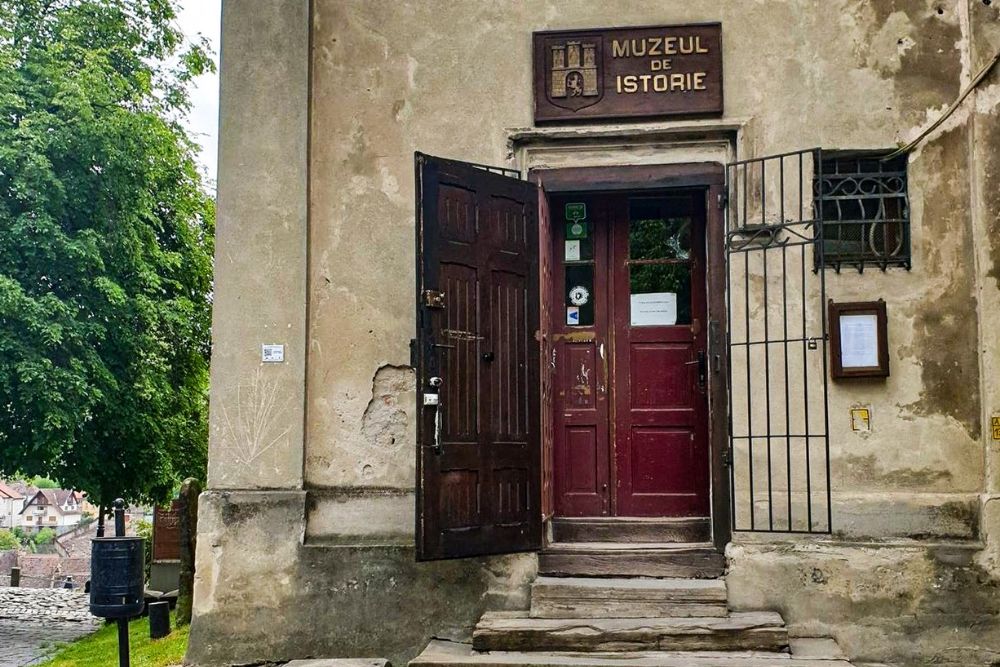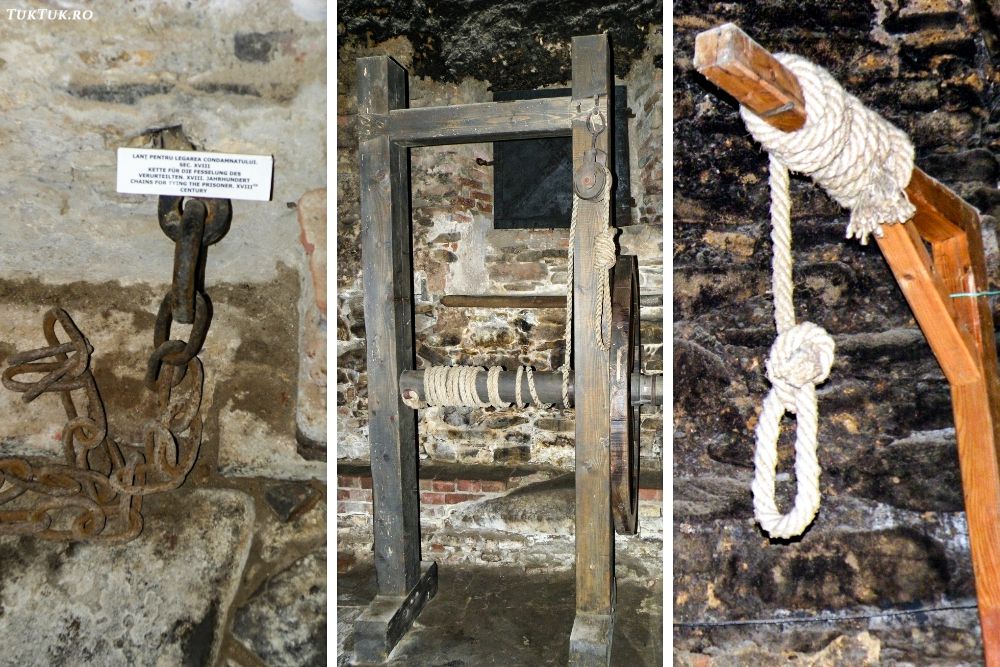Sighisoara is Romania’s best-preserved medieval town, a genuine Transylvanian tourist pearl, transformed in recent decades into a major attraction for Romanian and foreign tourists on holiday or traveling in the center of the country.
The city located in Mures county has a population of about 30,000 inhabitants and magnetizes its visitors with its historical center, included in the UNESCO World Heritage Site. Sighisoara was founded by German settlers (craftsmen and merchants) who arrived in Transylvania at the initiative of the Hungarian king Géza II. These were later known as the “Transylvanian Saxons.” The first documentary mention of the village comes from 1280, under the name Castrum Sex, which speaks about a settlement founded on the ruins of a former Roman castrum.

First fortified in 1350, Sighisoara has had a tumultuous history, including the birth of Vlad the Impaler (in 1431) and numerous attacks by various nations and groups, by plague epidemics or fires. More or less, all these interesting histories are found today in buildings and monuments in the old center of the village. For first-time travelers, here are 10 places to visit in Sighisoara, a mini-guide regarding what to do and what to see in the medieval jewel of Romania.
10 places to see in Sighisoara, Romania
The entrance ticket to the Tower with Clock gives you permission to visit two museums: The History Museum of Sighisoara and the Torture Chamber.

The History Museum was opened on June 24, 1899, at the initiative of a passionate local man – doctor Josef Bacon who, together with numerous collaborators, laid the foundation of this objective through the scientific systematization of collections. Later, the museum’s collections were enriched with valuable pieces from archeology, crafting, etc. The primary attraction is the collection of icons on glass and wood belonging to ethnographer Gheorghe Cernea.
In fact, the museum is organized on themed halls: Archeology Hall, Peasant Furniture Hall, Pharmacy Hall, Furniture Hall, Guilds Hall, Ceramic Hall, and, on the fifth level, the Clock Mechanism (where you can admire watches from various periods of mankind, from a solar clock and an hourglass of 18th century to pendulums and locally crafted watches.

The Torture Chamber. A small prison was arranged following the 1676 fire, which destroyed a large part of the Sighisoara Citadel inside the Tower with Clock, also affected by flames. Nowadays, that room has become part of the History Museum, under the name of Torture Chamber.
Here we find, in an exhibition of “torment” some objects used to torture villains and thieves of the Middle Age: chain shackles for hands and feet, other chains, gallows, a yoke and a torture ladder, a stone that was hung from the necks of the convicts, etc.



































